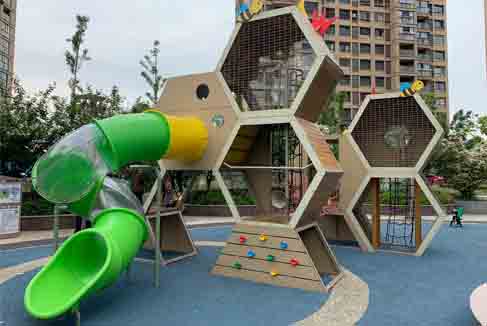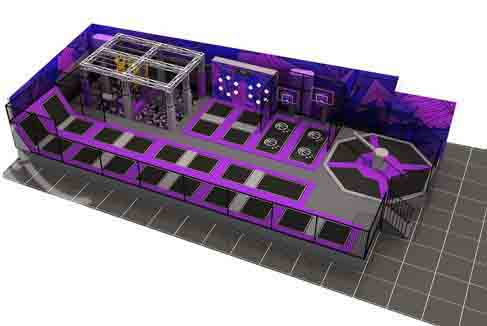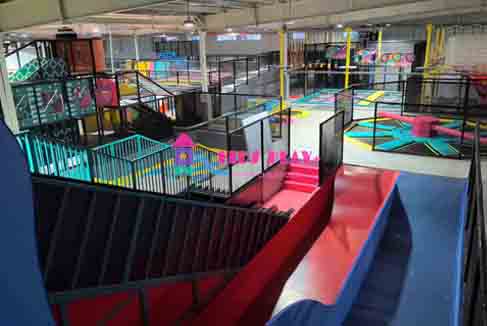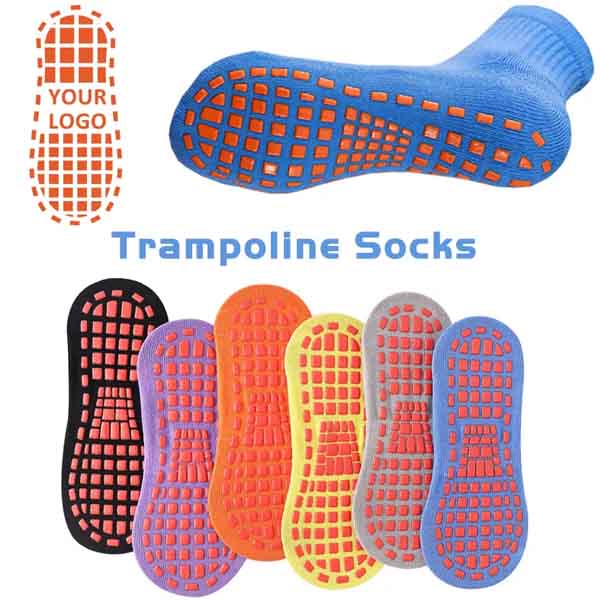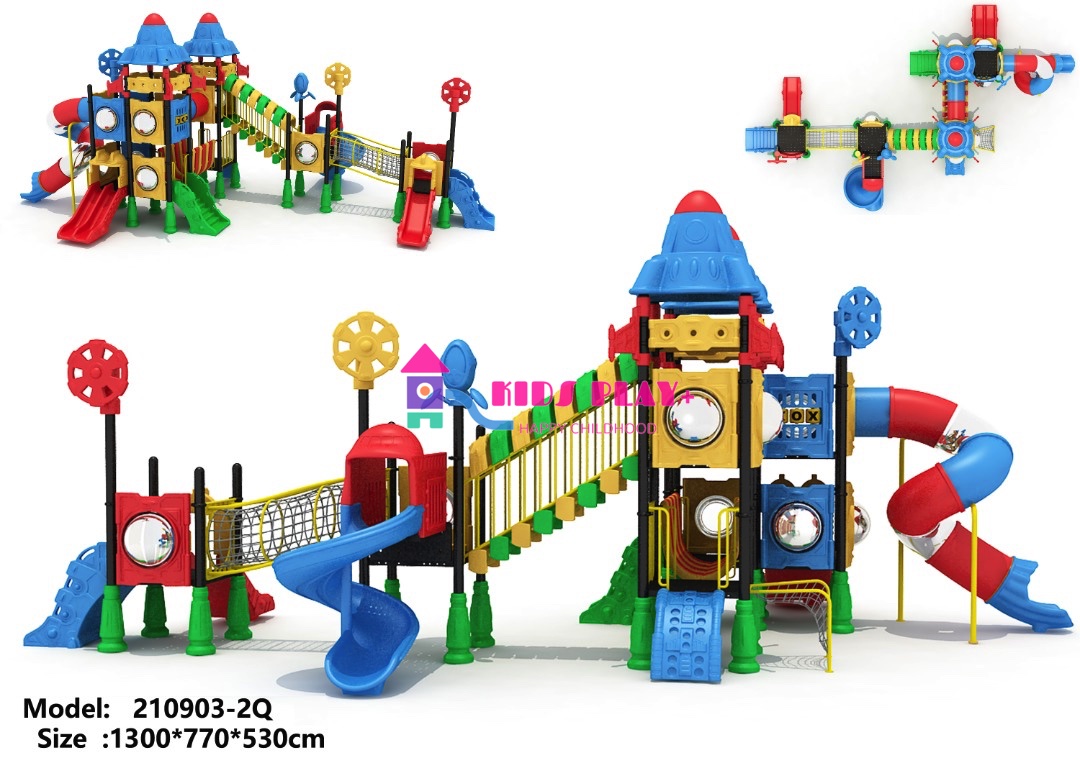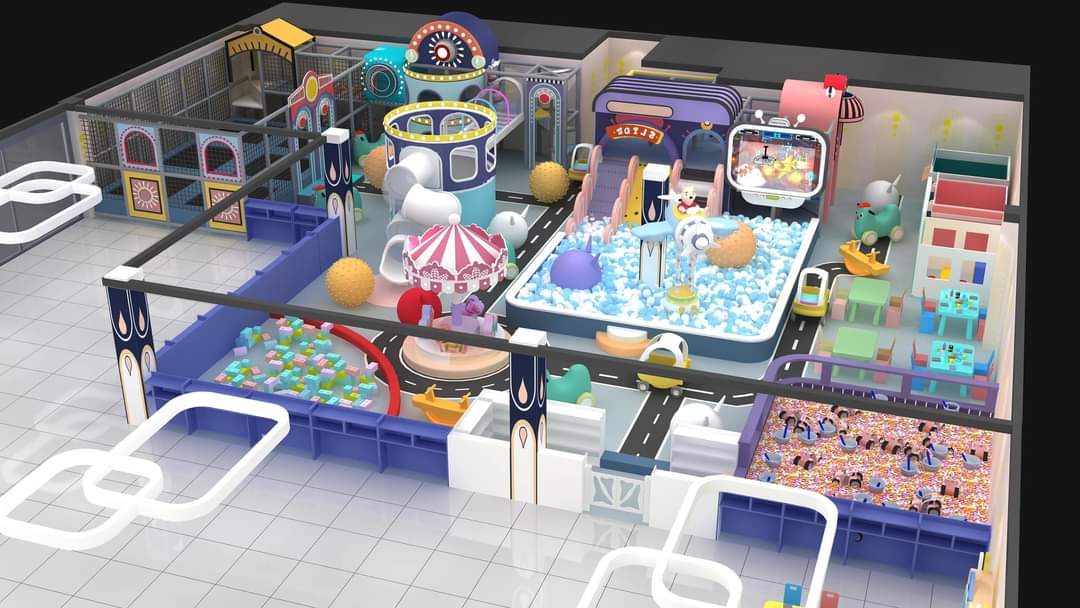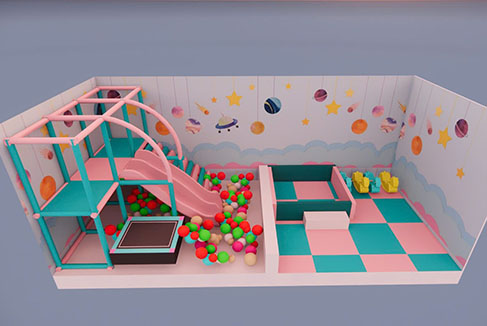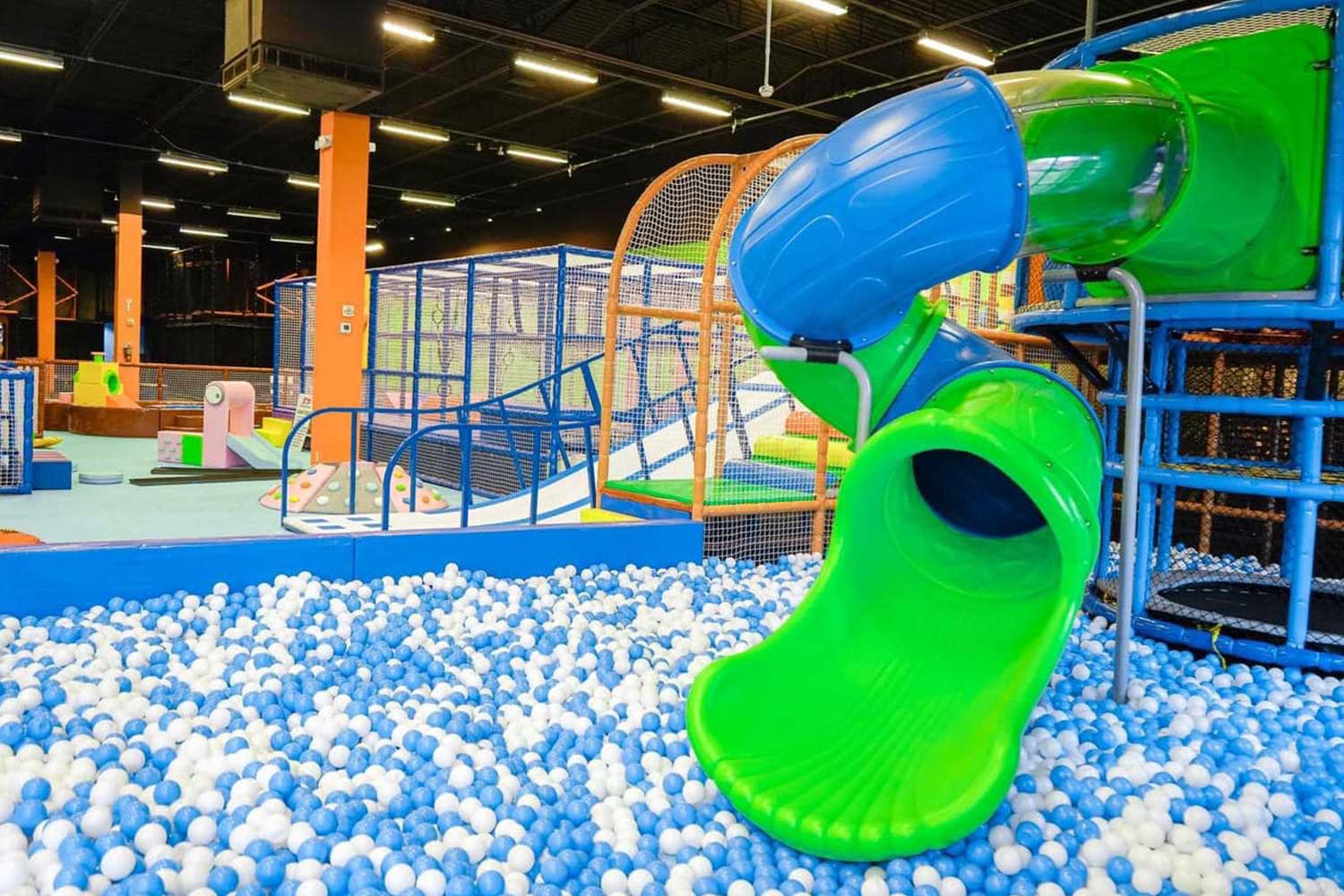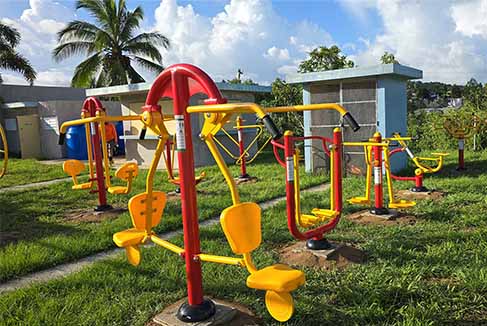One of the biggest projects a community organization can have is building and designing a playground. The big question is WHY?
The existence of playground equipments is highly anticipated by most, if not all, kids. Every child has a distinct exciting memory of how it was to play in the nearest neighborhood, school, or even church playground. They looked forward to meeting new friends and playing group games that they don’t get at home.
Residential-Playgrounds

Outdoor play help children develop physically, emotionally, socially, and intellectually.
There Is More To Playgrounds Than Play
Well maintained and efficiently designed playgrounds does not only promote free play but also follows the development of social skills, confidence, and self-esteem. As children’s schedules grow with schoolwork and other related activities, playgrounds, specifically the free play it provides, become important.Outside play is a vital part of growing up. It provides opportunities for children to develop physical strength, balance, coordination, creativity, thinking and self care skills.
Get The Playground Of Your Dreams

Don’t underestimate your capacity to head start a playground project in your community.
You might think that having a residential playground or buying a commercial playground equipment may be hard and costly but there are ways on how to efficiently make this work. As you read on, you’ll find out more ways to avoid spending a lot in achieving the playground of your dreams, be it in the neighborhood park or in the comfort of your own backyard.
1. Make It Easy On The Pocket
If you’re planning a community playground project, a good common rule is to allot around $1000 per child, meaning that if you expect to accommodate 30 kids, you should have a budget of around $30,000. Consider the size and shape of the area you’ll be using, the kind of safety surfacing, shipping, and installations costs. Don’t forget details such as drainage, utilities and design services.

Starting with one or two high-quality commercial or residential playground equipments is always better than ending up with a full playground but maxed out credit cards. You can always add and improve its features along the way.
2. See A Light In The End Of The Tunnel
Knowing early on what you want to accomplish will make decision making much easier. It will also be easier for the playground equipment company to give you advice. Identifying a certain list of goals or details such as playground hours and availability, specific requirements for accessibility, eco- friendliness, or a theme you’d like to carry through gives you a strong base to start organizing your project.

Friendly note: Themed playgrounds may cost about 50% more than the regular set-up.
3. Make A Timeline
The usual estimate for a playground project is around 6 to 9 months. You need to take the time needed into account to gather information, to study the location, to choose the playground equipment, and to have the designs out among others. Pulling this off efficiently may take time but depending on the size of the project, it could be accomplished faster. Although, it’s still better to take your time and make decisions that will work long term.
4. Get The Location
Determine a safe and convenient place to put up the playground. You need to have enough space to add at least 6 feet of safety surface around the playground equipment. Don’t build on dense soil, like clay, as it will most probably lead to drainage problems. Assess both natural and man-made features such as wind and traffic patterns that will possibly affect the playground.
5. Get Papers Done
If you don’t own the land, get necessary approvals from the owner. Double check local zoning and building codes. Coordinate with the involved district to uncover policies that might affect the playground.
6. Seek Out Experts
Select a playground equipment company early on the process. As opposed to what some people or groups believe, contacting companies is better done while in the process of planning or before fundraising (if its a community project.) It’s easier to raise money if you have a concrete playground design and a clear budget to present to supporters and future sponsors. Homeowners, on the other hand, will have a better grasp on what to put in their backyard.
7. Set Goals For The Playground
playground-equipment

Set your goals according to the crowd you want to cater.
Be specific on what type of playground equipment you’re looking for. Do you want an equipment designed to provide entertainment to both kids and adults like a 15-feet slide, a popular North American game for two like a Tether Ball game, or perhaps, a Qitele Port Angeles playground system? It is ADA compliant and has a fun design that kids enjoy. Initially, most people notice the roof; kids notice the slides and climber. The ground-level drum and wheel are two of the many elements for the kids to enjoy. Don’t worry on telling companies up-front that you’re saving money. It’s better that you inform them so they can provide a playground design that is easy to install.
8. Creative Fundraising Event
If it’s a community project, making your fundraising event stand out might generate more revenue than expected. A school in Oskaloosa, Iowa collected $10 donations which represents 1 square foot of the playground. They called this ‘Fun by the Square Foot Campaign.’ They also sold limited edition prints made by local artists and parents. Partner with other businesses or ask help from local park departments. If traditional fundraisers still don’t meet your requirements, you can always try and look for grants or a non-profit organization like Kaboom.org to help jumpstart a playground in your area.
9. Visit Other Playgrounds
Check out other playgrounds and see what makes them interesting to kids. Being familiar with playground equipments in use will aid you to make good choices. Take your kids with you and watch them play, it’ll be easier for you to know what equipment they would enjoy. Because you already know what the other playgrounds have, you get to plan yours to be more creative. Throwing one or two of a well chosen additional playground equipment might just do the trick.
DESIGN ACCORDINGLY

10. Sketch The Property
Start drawing. A rough draft or diagram of what the area looks like allows you to have a template for your ideas. You can easily change items accordingly until you decide what would work best. It might not come out pretty as compared to what a designer or engineer would do but at least you have something to show them during the initial planning.

